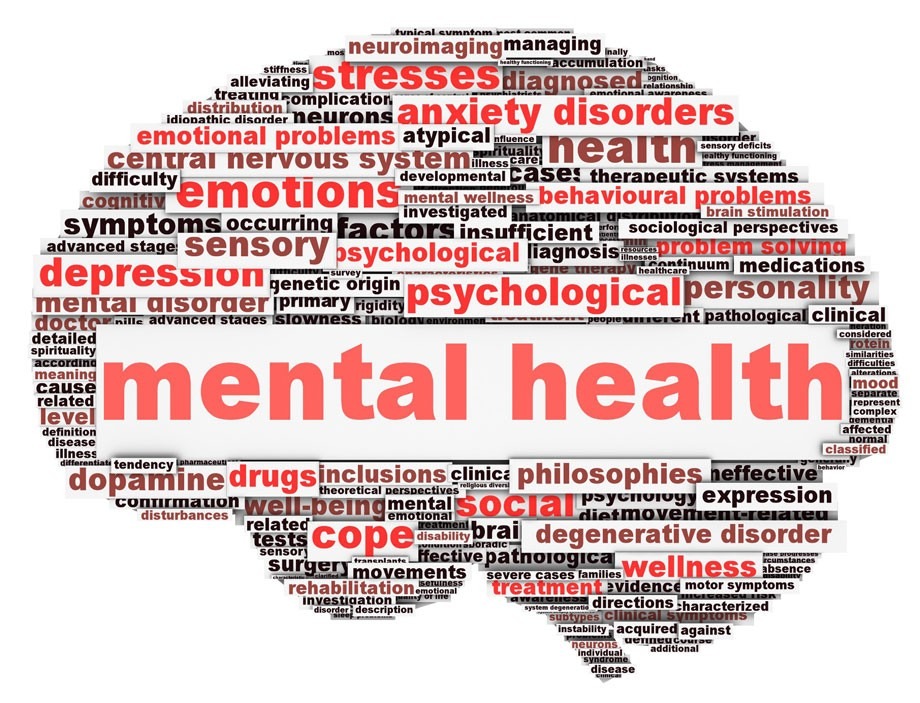For more than three decades, the Kashmir Valley has witnessed episodes of conflict, uncertainty, and prolonged socio-political tension. While the visible wounds of conflict—injuries, displacement, economic losses—have often dominated public attention, the invisible wounds on mental health have remained largely overlooked. Today, mental health in Kashmir is not just a medical issue; it is a public health challenge of profound social and emotional dimensions, touching almost every family in some way.
Studies, hospital reports, and clinical observations over the years have repeatedly indicated a high prevalence of anxiety, depression, post-traumatic stress disorder (PTSD), sleep disorders, and psychosomatic complaints among the people of Kashmir. Daily life in such an environment can carry stressors even without direct exposure to conflict. For many, constant uncertainty shapes emotional responses, coping patterns, and interactions within families and communities.
Incidents like sudden shutdowns, mobility restrictions, loss of livelihood, exposure to violence, and even the persistent fear of the unpredictable contribute to what psychologists often refer to as collective trauma. This trauma accumulates silently and is passed across generations as memories, stories, and lived experiences.
Young People at the Center of the Crisis
The youth of Kashmir, in particular, bear a disproportionate psychological burden. They have grown up in an environment where routine activities—going to school, meeting friends, planning careers—often depend on circumstances beyond their control.
Academic interruptions, restricted public spaces, limited employment opportunities, and exposure to distressing events have contributed to increased rates of stress, hopelessness, and emotional fatigue among young people. Many counsellors working in schools and colleges report a rise in panic attacks, anger issues, concentration difficulties, and behavioural withdrawal among students.
Yet, despite the severity of the issue, mental health services in educational settings remain limited and inconsistent. Very few institutions have trained psychological counsellors, and where they exist, the counsellor-to-student ratio is overwhelmingly inadequate.
Stigma and Silence: The Cultural Barrier
Mental health issues in Kashmir, as in many parts of South Asia, are layered with stigma. For decades, emotional distress was interpreted through cultural expressions—“nervous weakness”, “tension”, “loss of courage”—rather than through a clinical or psychological lens. Seeking help from a psychiatrist was often seen as something only “serious cases” required.
Although attitudes are slowly changing, stigma still prevents many from seeking professional help at the right time. Families may avoid acknowledging symptoms, fearing societal judgement. Individuals hesitate to speak of anxiety or trauma, believing that they must simply “manage on their own.”
This silence deepens suffering.
Shortage of Mental Health Professionals
While the demand for mental health support continues to grow, the healthcare system struggles with limited resources. Kashmir has only a handful of trained psychiatrists, psychologists, social workers, and counsellors relative to the population’s needs.
The major psychiatric hospitals in the region are often overburdened, operating more like acute care centers than long-term treatment and rehabilitation spaces. Rural and remote areas, which also experience trauma and stress, have even fewer services, making access difficult for those who may need regular support.
Psychosocial Consequences on Families
Conflict-related stress does not affect individuals alone. It affects families and communities. Emotional strain often changes communication patterns, disrupts relationships, and sometimes increases interpersonal conflict within households.
Women, in particular, play a silent emotional role, often absorbing the stress of the family. Caregivers of individuals with mental health challenges frequently face burnout—yet rarely are they themselves offered counselling.
A Call for Investment and Understanding
Recognizing the mental health burden in Kashmir is the first step; addressing it requires systematic, multi-level intervention:
- Strengthening Mental Health Services:
Increasing the availability of mental health professionals across districts, integrating counsellors into schools, colleges, and primary health centers.
- Community-Based Support Programs:
Creating safe community spaces—youth clubs, support groups, cultural programs—where emotional expression is normalized.
- Public Awareness and Anti-Stigma Campaigns:
Educating communities on symptoms of stress and the importance of seeking help early.
- Trauma-Informed Healthcare:
Training doctors, nurses, and frontline workers to recognize and respond to psychological trauma alongside physical symptoms.
- Tele-psychology and Mobile Counselling Services:
Particularly useful for remote areas where travel is difficult.
The mental health burden in conflict-affected Kashmir is not merely a statistical concern—it is lived in everyday conversations, silences, memories, and coping struggles. The people of Kashmir have demonstrated remarkable resilience, but resilience should not be mistaken for the absence of suffering.
Addressing mental health openly, sensitively, and systematically is essential for healing individuals and restoring the social fabric of the region. The time to act is now—before today’s unspoken trauma becomes tomorrow’s generational inheritance.
The writer is a Physical Therapist and Educator. parsamusawir@gmail.com





